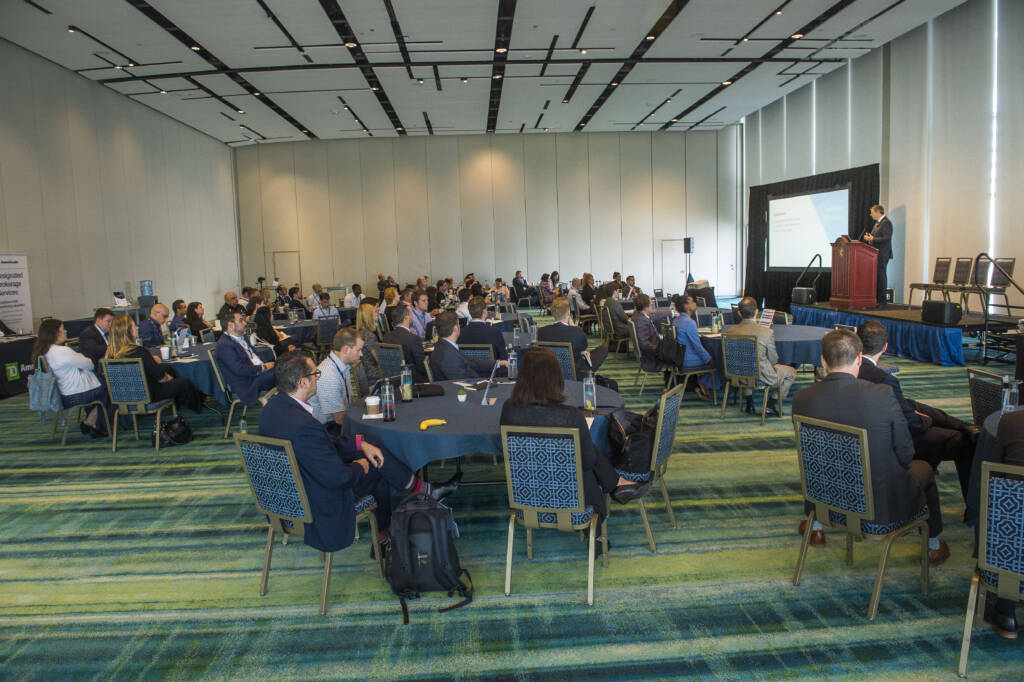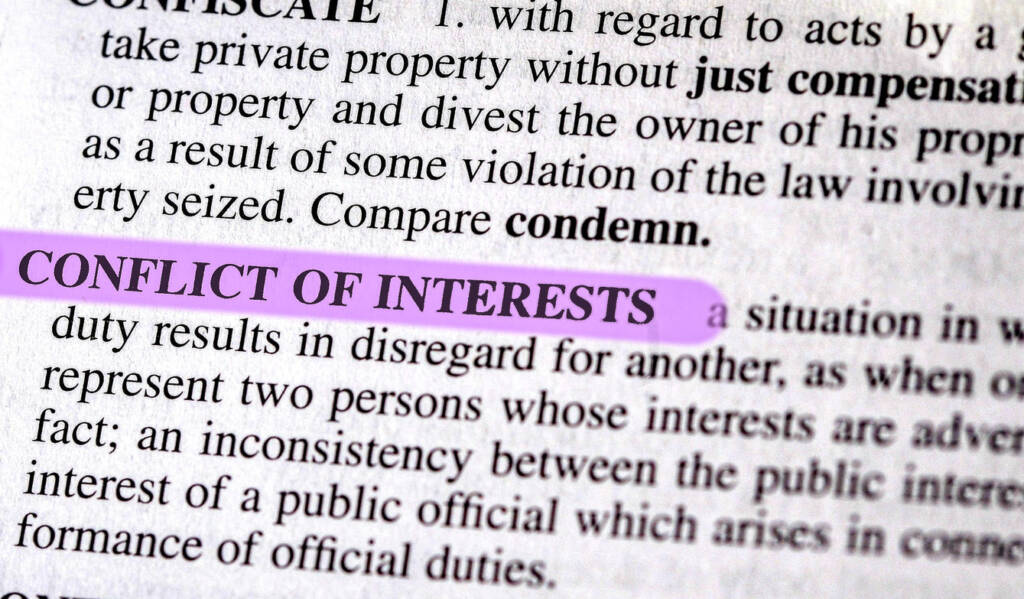Dodgy Investments And Drift Prevention
Five more key takeaways from the Star US User Conference
Well attended by our nationwide user base, participation in all the sessions at our 2018 US User Conference was robust and the interactions lively. Guest speakers provided unique insights into many topics of macro and micro concern to those in compliance. Star’s new CEO—Jennifer Sun—also took the stage to formally introduce herself and discuss where the company is now and where it’s headed.
This is the second of two StarBlog posts covering this spirited conference. Soon after publishing the first five takeaways, we realized there were even more awaiting the chance to be put in front of our readers. Here, then, are five more key takeaways from the StarCompliance US User Conference.
1. NOT ALL CRYPTO IS CREATED EQUAL
One of Star’s favorite guest speakers brought her considerable expertise in the rapidly evolving field of cryptosecurities and cryptocurrencies to bear in the aptly titled session—The Changing Landscape Of Investment Cryptocurrencies, Cryptotokens, Crowdfunding, And Robo Advisors. The session covered in particular how compliance officers should view such employee crypto holdings.
“Regulators are trying to figure this stuff out,” she told the rapt audience, “but the bottom line is, cryptosecurities are still securities. And therefore any regulations that apply to other securities apply here, as well.” She was quick to distinguish between cryptocurrencies and cryptosecurities, however. “Bitcoin is a currency, like sterling, or dollars, or euros. You would never ask your employees how many pounds sterling they’re holding, so there’s no need to delve into their cryptocurrency holdings either.”
2. THERE’S MORE TO CRYPTO THAN DODGY INVESTMENT OPPORTUNITIES
A keen observer of all things crypto, and a firm believer in its ultimate staying power, our crypto expert also had this to offer on the possibilities of an up-and-coming application of the blockchain technology that underpins it all: the smart contract. “With a smart contract, there are no ifs, ands, or buts. The agreement between buyer and seller is written into the code.”
This has many advantages, she continued: “Smart contracts are completely self-executing. There’s no grey area. There’s no room for bad actors. As a result, securities built around smart contracts are much cleaner than traditional securities.” But precisely because there are no grey areas, smart contracts can’t be taken to court. Some may see this as a disadvantage, if they’re of the philosophy that everything in life is negotiable, but there’s a more optimistic takeaway.
Again, our crypto expert: “It’s true. There are no ‘do-overs’ with smart contracts. But because they cut out the middleman—because they’re peer-to-peer—everyone can participate. Smart contracts are also significantly cheaper to design and execute than traditional securities. All told, they have the potential to help level the financial playing field.”
3. INCREASING EMPLOYEE ENGAGEMENT IS A UNIVERSAL PAIN POINT
“It’s easier at the small firms,” explained one compliance officer at the conference’s Increasing Employee Engagement session. “We can just show up at your desk.” She offered this tactic as her ace in the hole when certification and attestation deadlines are looming. “I’ve also gotten on the phone with spouses, who don’t understand why they should be subject to trading restrictions when it’s not their company.”
Another compliance officer explained the not uncommon phenomenon of running into employees who question the need to comply at all—whether it be with firm rules or regulatory requirements. “Sometimes people think they’re above it all. At a certain point, I may get their supervisors involved. But I always try and be consultative first, and save a more restrictive approach for use as a last resort.”
A compliance officer in tune with the times has had luck using memes to lure employees of a certain age into engaging with compliance. “Memes have worked well for Millennials. For the young, the tech savvy. Building critical messaging into GIFs, and maybe getting a laugh along with it. Whatever it takes, right?”
4. AUDITS COULD BE MADE MORE BEARABLE AND EFFICIENT
While we’re on the subject of pain points, we may as well talk audits. Whether internal or external, they’re rarely anticipated with any sense of joy. But several compliance officers in attendance at the Managing An Internal/External Audit session had ideas to make the process at least more bearable, and also more efficient.
Addressing Star staff, and STAR Platform developers in particular, one offered: “Give us visual representations of the trade. Lay it out in a more graphically representational manner. This will make the sequence far easier for us to follow and therefore figure out.” Another compliance officer cautioned that, when auditors come knocking: “They may ask to see your compliance platform in action. You have to be careful how much you let them see. You have to set boundaries that are acceptable to both sides.”
This compliance officer was onto the issue of data privacy—one that is unlikely to go away, and one that compliance teams will need to pay more and more attention to. “Permissions will become increasingly important as data privacy becomes increasingly important and more high profile of an overall issue. Good permissioning practices will also show auditors you have an effective oversight function.”
5. COMPLIANCE IS IN THE DRIFT PREVENTION BUSINESS
Trust, Control, And Culture was the conference keynote and was delivered by Dr. Robert Hurley, Professor of Executive Education at Columbia University and President of Hurley Associates. Dr. Hurley first studied organizational culture in his work analyzing the culture at NASA in the wake of the 1986 space shuttle Challenger accident.
“NASA went from being an engineering-driven culture—a culture focused on getting people out to and back from space safely—to a schedule and budget-driven culture. Flight cancellations made the space agency look bad, and had the potential to affect funding. This is what’s known as organizational, or cultural, drift.”
A fascinating tale, to be sure, but how does this relate to compliance? Again, Dr. Hurley: “Culture can nudge you to do the right thing or the wrong thing. But culture is always moving, and pressure can create cultural drift. Cultural drift led to what happened with Challenger and, more recently, what happened at Volkswagen. Compliance officers are in the drift prevention business at their firms.”




